The instrument for the soul – why should you choose a tenor sax
 The tenor sax is the most versatile among all saxophones. They are of a decent size, actually leaning towards the larger end but not too large. Tenor saxes also produce a wide and dynamic tonal range.
The tenor sax is the most versatile among all saxophones. They are of a decent size, actually leaning towards the larger end but not too large. Tenor saxes also produce a wide and dynamic tonal range.
The smooth sounds that come from the bow of a tenor sax are unparalleled. Legendary tenor saxophonists like Charlie Parker, Kenny G and Joshua Redman, used this instrument to produce incredible sounds that made them famous. Contemporary artists also rely on the tenor sax to produce music of this generation.
In terms of aesthetics, tenor saxophones look classic with curvy designs. Long story short, you need a great saxophone to play like the legends, and the tenor sax is one of a kind.
Tenor saxophone for beginners – helpful tips
If you are just starting out playing saxophones, you could do with the following beginner tips:
- Maintain your sax on a regular basis. Most saxophones come with a polishing cloth, which you can use to wipe the exterior of the sax after every use. Lubricate the corked areas often and clear moisture from the mouthpiece. An unmaintained instrument will only sound as bad as the dirt it contains.
- Buzz the mouthpiece when it is not attached to the instrument to ensure that the embouchure and airflow are optimized.
- Start with softer reeds and slowly advance to harder options. Softer reeds will allow you to produce the right notes with ease while your embouchure is developing.
- If possible, get a personal director to address your trouble areas and help sharpen your musicianship skills.
- Practice makes perfect. You may have the most accomplished director by your side, but you are never going to make any steps if you can’t spend hours practicing on your own.
Maintenance advice
- Using a cleaning swab, remove dirt from the mouthpiece and be careful not to damage the mouthpiece tip. Use the same material to clear moisture from the inside of the neck.
- Remove moisture from the pad and the tone hole using a cleaning paper. Since the tone holes are delicate, you may have to take the sax to a music shop for cleaning.
- Clean the interior of the tube with a cleaning swab.
- Use the supplied polishing cloth to clean the exterior of the sax.
Price tag
Tenor saxophones are available in every price range, from as low as $300 to exorbitant prices in the region of $5,000 or more. That said, you can only buy what your budget and experience allows.
Consider the following features to choose the best tenor sax
 Knowing what to look for in a sax is the first stride toward your success with the instrument. Below are the important things to consider:
Knowing what to look for in a sax is the first stride toward your success with the instrument. Below are the important things to consider:
Musician’s level
Whether you are a student, intermediate, or professional musician, you can always find a tenor sax that matches your level.
Student saxophones
These are usually affordable and offer the musicality to keep a novice committed to developing their skills. A good student sax is comfortable, easy to use, and capable of producing satisfying tone quality. The Eastar Tenor Saxophone is a top recommendation in this regard. It’s highly playable and produces a pleasing sound, not to mention a price tag that’s within reach.
Depending on a student’s commitment, it may take up to three years for them to master their sax by which they can upgrade to an intermediate model. And if the first instrument is in good shape, you can always trade or sell it to fund the purchase of the new saxophone. These instruments don’t come cheap so it’s crucial that you take good care of yourself.
Intermediate saxophones
These models fall between a student and a professional sax. These saxophones’ key work and action may be similar to a pro instrument, but the horns do not produce the sound and tone quality of professional models. Intermediate saxes also lack the luxury cosmetic detailing of the premium brethren and have less handwork than pro models. If you are looking for a solid upgrade from an entry-level sax, the Selmer Prelude TS711 is worth considering.
Professional saxophones
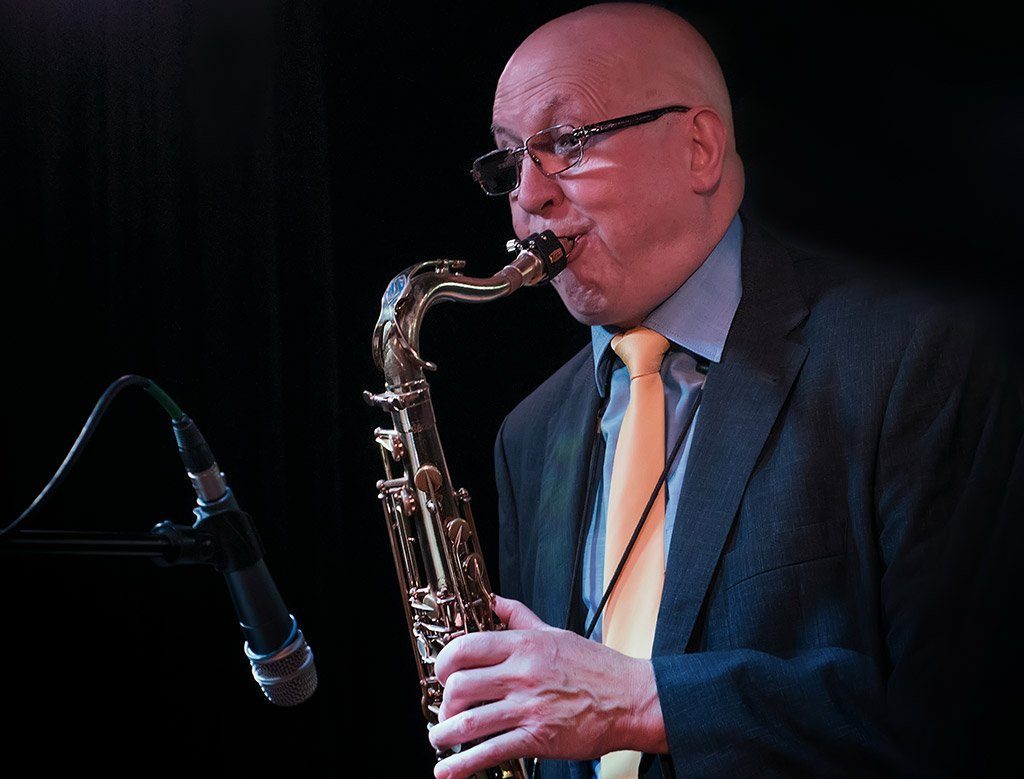 The crème de la crème of saxophones is available at hefty price tags that only expert players looking for superior tone, response, and intonation can afford. Our top recommendation is the Yamaha YTS-62III, but even this is on the lower price scale of high-end models.
The crème de la crème of saxophones is available at hefty price tags that only expert players looking for superior tone, response, and intonation can afford. Our top recommendation is the Yamaha YTS-62III, but even this is on the lower price scale of high-end models.
Professional saxophones are characterized by so much handwork, such as elaborate hand engraving on the bell and hand-hammered keys. The construction materials, including metal alloys and solders, are usually of the highest quality, resulting in excellent playability and full expressiveness.
Material
The most common material for saxophone is yellow brass. Sometimes, you may find a sax’s body made of brass, but the rest of it, such as the neck and bell, features a different material. Some of these other materials include bronze, sterling silver, and copper. The addition of these materials may not only affect the price and tone of the sax but also require special handling. As such, these exotic metals are usually found on professional models.
Finish
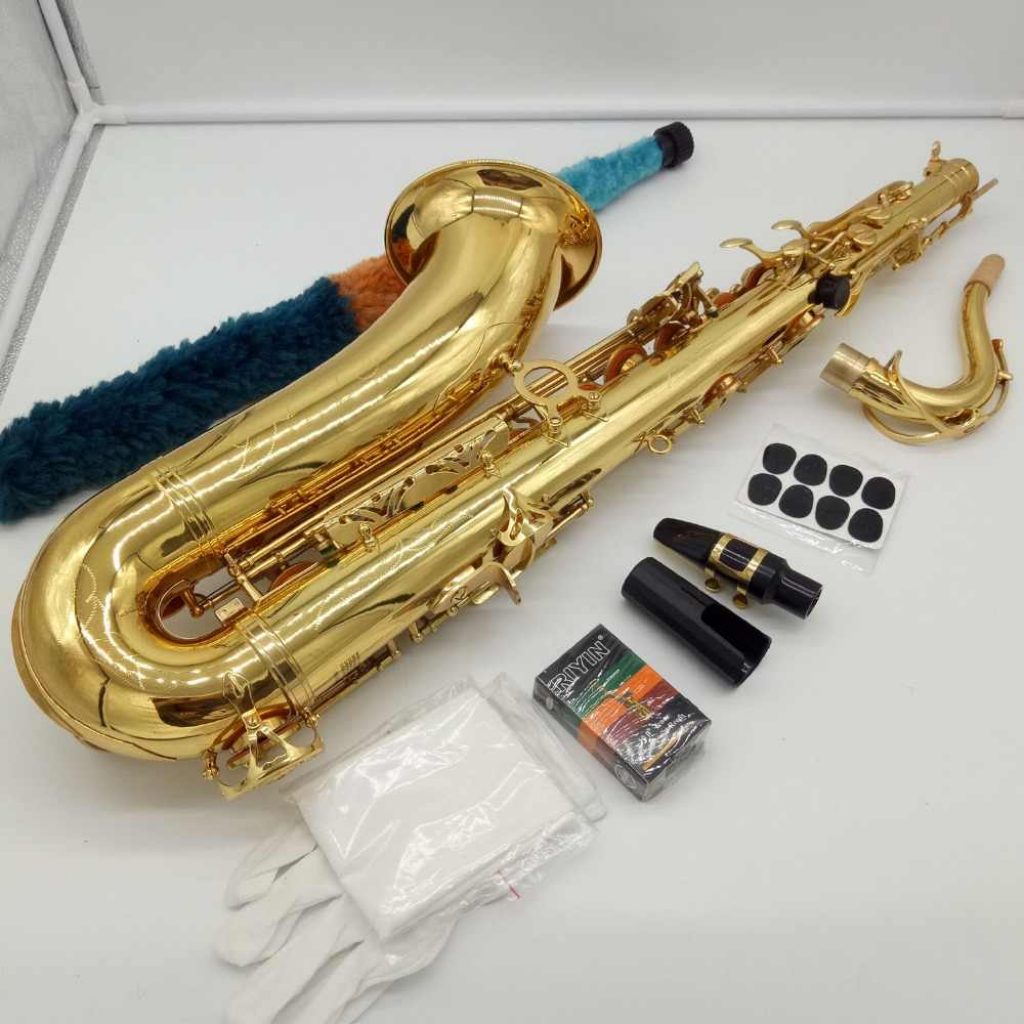 Most instruments have yellow brass with lacquer to protect the surface against wear. However, there may be other finishes to choose from. For example, some models use lacquer but with added pigments to create a different hue. Others have antique finishes that make them look like vintage instruments. Below are the different kinds of finishes that you are likely to come across:
Most instruments have yellow brass with lacquer to protect the surface against wear. However, there may be other finishes to choose from. For example, some models use lacquer but with added pigments to create a different hue. Others have antique finishes that make them look like vintage instruments. Below are the different kinds of finishes that you are likely to come across:
Black lacquer
This finish is physically heavier than clear or gold lacquers, and the extra weight on the instrument body gives the saxophone a thicker sound. For that reason, black lacquer is the most preferred finish by many tenor saxophone players.
Silver plating
Like black lacquer, silver plating also increases the weight of the saxophone. Silver, however, is slightly harder, and that results in higher volume and projection of the instrument.
Nickel plating
This plating is even harder than nickel plating, and it’s the finish of choice for saxophonists who need maximum sound and projection. Nickel-plated instruments are popular with jazz bands and many other performers.
Copper and Bronze
These metals may actually be part of the sax as well as be found in the finish. As they are heavier and softer than brass, they darken the timbre of the horn, creating a mellow, “enveloped” sound.
Size and weight
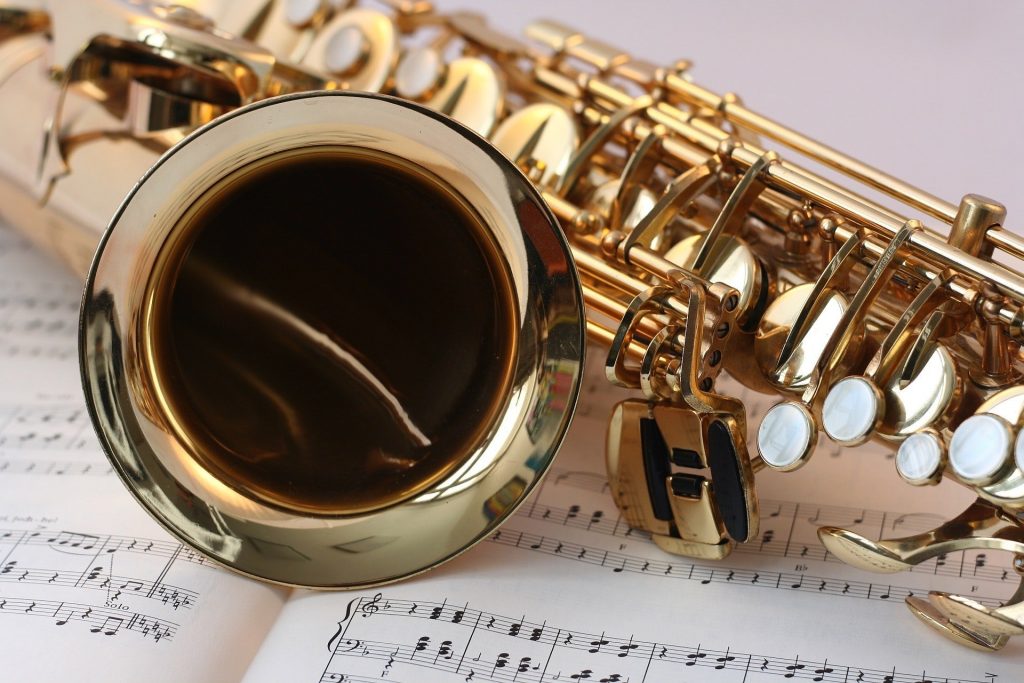 The fact is, tenor saxophones are relatively larger than other types of saxophones. Even so, you still want to find an ideal size for you. The rule of thumb is to match the instrument with your body size. Taller individuals can easily find a tenor saxophone, but shorter persons will have to go further in finding a sax that doesn’t feel too bulky against their body frames.
The fact is, tenor saxophones are relatively larger than other types of saxophones. Even so, you still want to find an ideal size for you. The rule of thumb is to match the instrument with your body size. Taller individuals can easily find a tenor saxophone, but shorter persons will have to go further in finding a sax that doesn’t feel too bulky against their body frames.
Different instruments weigh differently as well. Weight may also vary from brand to brand, but the goal is to find something lightweight enough for you to play with ease. Lighter models are an excellent choice for starters, but keep in mind that weight increases as you go higher up.
Key
Tenor saxophones come in the key of Bb. Saxophone keys are small, cup-like metal pieces that expose or cover tone holes accordingly. They also come padded for comfortable fingering. The placement of keys is standard in all kinds of saxophones, with the difference between models being the number of keys.
For example, some saxophones might have a low B or a high G. Picking from our list, the Selmer Prelude TS711 comes with a high F#, while the Eastar Tenor Saxophone has the key of Bb. Keep in mind that even without extra keys, you will still be able to play different notes. The additional keys only make things simpler.
Rods and pads
Rods are perhaps the most important consideration in a saxophone. They must be of good quality and durable, otherwise, shoddy rods will quickly deteriorate with heavy playing or even break in the line of duty.
Another thing you must be sure of, particularly when trying out your new sax, is that the pads cover the holes accordingly. Also, check that they feel soft to the touch and if they are sturdy enough to last.
Mouthpiece
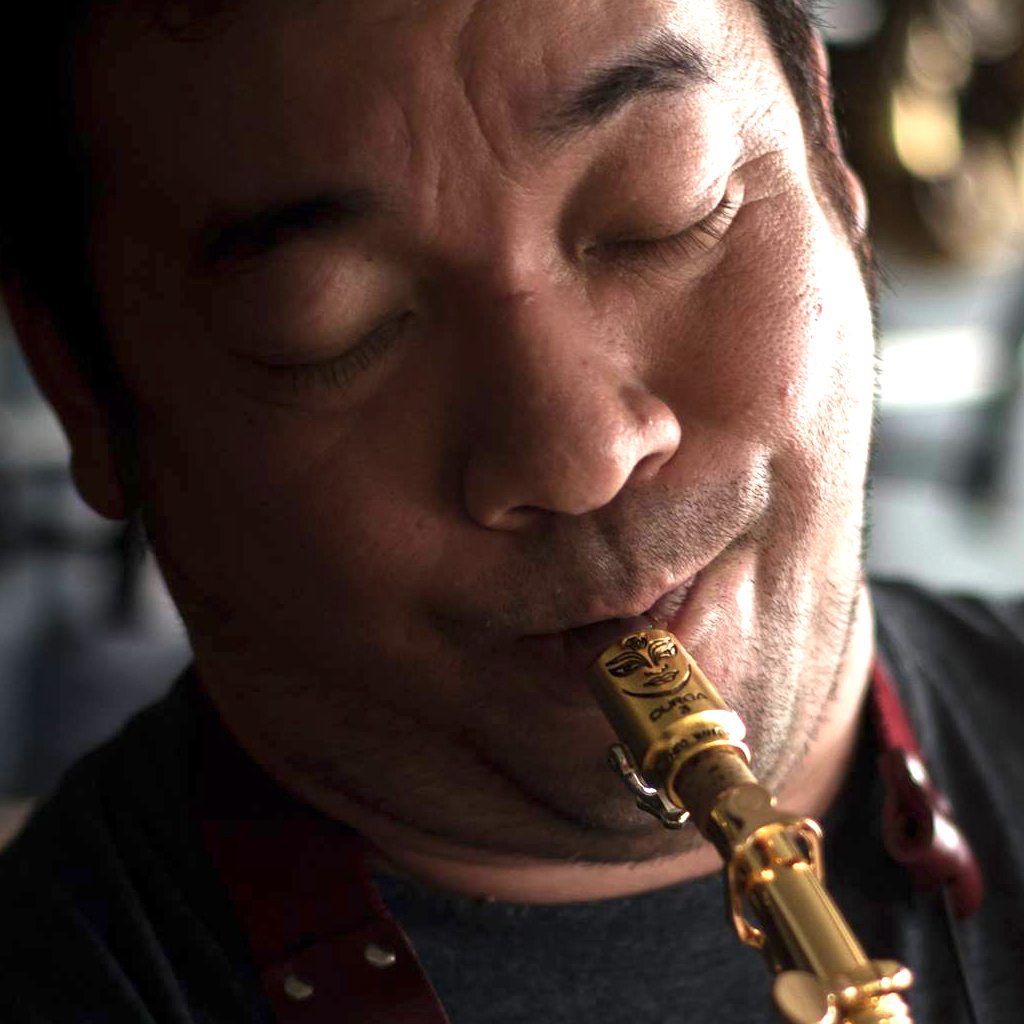 The mouthpiece is a crucial element for the success of your music. Choosing the right mouthpiece is a matter of personal preference. Be that as it may, it’s important to understand how each mouthpiece is made to impact your sound.
The mouthpiece is a crucial element for the success of your music. Choosing the right mouthpiece is a matter of personal preference. Be that as it may, it’s important to understand how each mouthpiece is made to impact your sound.
There are two main styles to consider:
Concert band mouthpieces
Crafted with a medium length facing curve and medium close tip opening, these mouthpieces require a harder reed to focus their sound. They are usually made of ebonite.
Jazz band mouthpieces
Typically made of ebonite or metal, these mouthpieces have a bigger tip opening, higher baffle, and a larger chamber, which provides enhanced flexibility and a thicker tone. This style, however, demands precise control from the player, with greater emphasis on the embouchure and air.
Another thing to consider in a mouthpiece is the material. The general understanding is that softer materials produce a dark sound with less projection, while harder materials produce a bright and more projected sound.
Plastic mouthpiece
A plastic mouthpiece is quite affordable and extremely durable. They are most common in student saxophones. The only issue is that they produce a bright sound that can be demanding to focus on.
Ebonite mouthpiece
Basically hard rubber in layman’s terms, this mouthpiece is usually used by jazz and classical saxophonists who are less concerned about edge and projection.
Crystal mouthpiece
This is characterized by a powerful projection and an equally bright sound. The mouthpiece is quite fragile, though; a soft pouch will go a long way when it’s not used. This type is a favorite for jazz and outdoor performers.
Wood mouthpiece
 Wood mouthpieces offer the warmest tone of all materials, though it’s not widely used. On the downside, it compromises on projection and can be less stable than plastic or rubber.
Wood mouthpieces offer the warmest tone of all materials, though it’s not widely used. On the downside, it compromises on projection and can be less stable than plastic or rubber.
Metal-plated brass mouthpiece
Most metal mouthpieces are made from plated brass. You may also find gold-plated mouthpieces and a mix of others that vary in tone.
Stainless steel mouthpiece
This has the brightest sound and the most projection of all metal mouthpieces.
Warranty
Most saxophone brands offer warranties but the terms and conditions will vary. Obviously, a longer warranty is an indication that the product will last for years but it doesn’t mean that a sax with a 1-year warranty is of poor quality. In fact, there are very few models that are warranted for years, the Yamaha YTS-62III Professional saxophone being one of them.





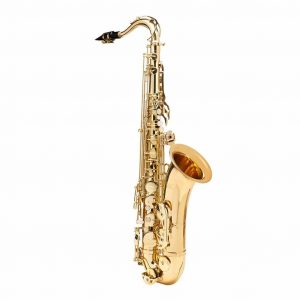
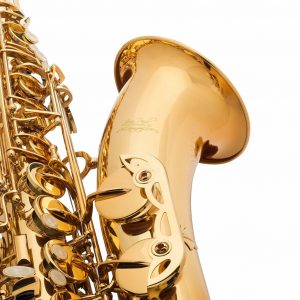
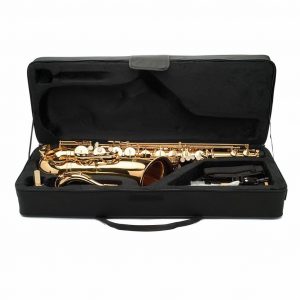
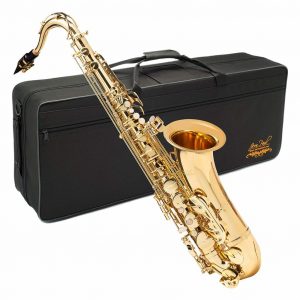
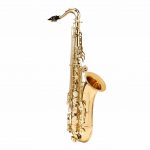
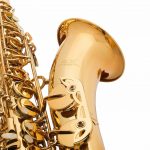
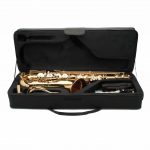
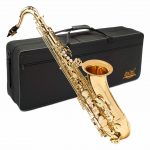
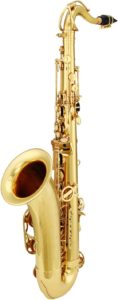
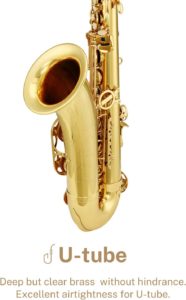
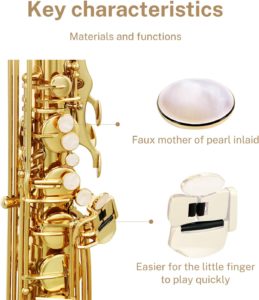
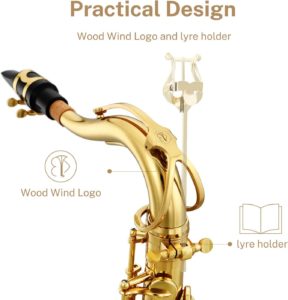
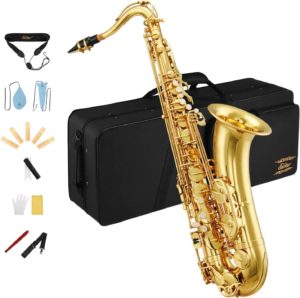
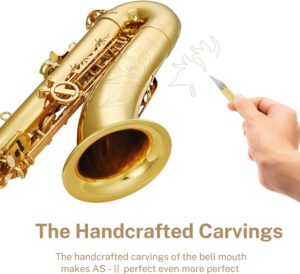
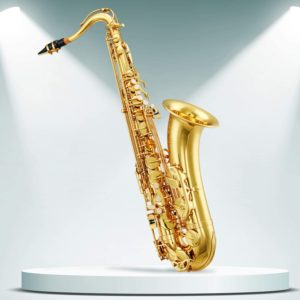
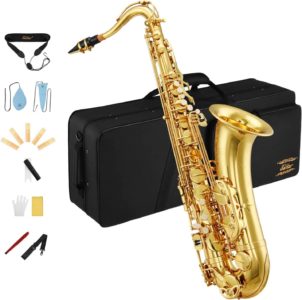


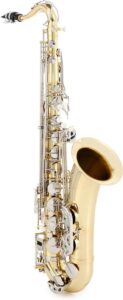
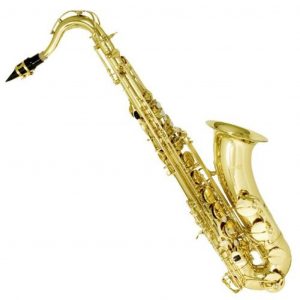
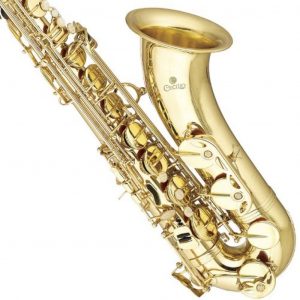
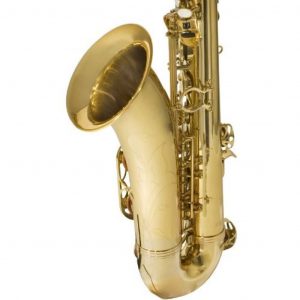

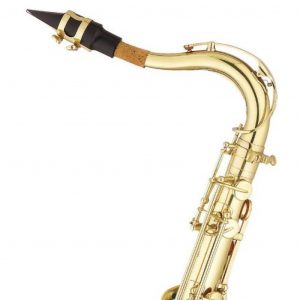
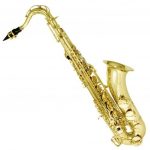
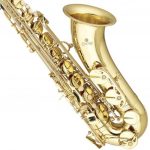
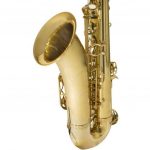

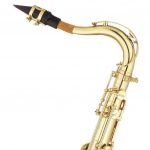

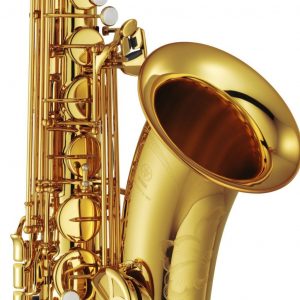
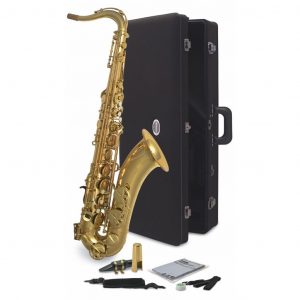
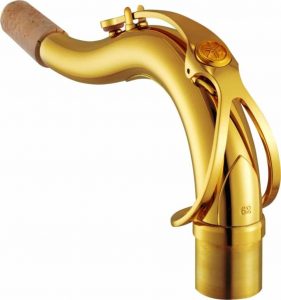
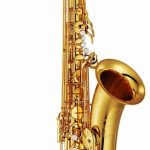
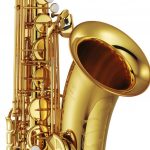
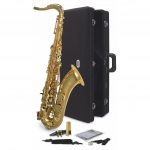
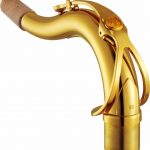
 The tenor sax is the most versatile among all saxophones. They are of a decent size, actually leaning towards the larger end but not too large. Tenor saxes also produce a wide and dynamic tonal range.
The tenor sax is the most versatile among all saxophones. They are of a decent size, actually leaning towards the larger end but not too large. Tenor saxes also produce a wide and dynamic tonal range. Knowing what to look for in a sax is the first stride toward your success with the instrument. Below are the important things to consider:
Knowing what to look for in a sax is the first stride toward your success with the instrument. Below are the important things to consider: The crème de la crème of saxophones is available at hefty price tags that only expert players looking for superior tone, response, and intonation can afford. Our top recommendation is the
The crème de la crème of saxophones is available at hefty price tags that only expert players looking for superior tone, response, and intonation can afford. Our top recommendation is the  Most instruments have yellow brass with lacquer to protect the surface against wear. However, there may be other finishes to choose from. For example, some models use lacquer but with added pigments to create a different hue. Others have antique finishes that make them look like vintage instruments. Below are the different kinds of finishes that you are likely to come across:
Most instruments have yellow brass with lacquer to protect the surface against wear. However, there may be other finishes to choose from. For example, some models use lacquer but with added pigments to create a different hue. Others have antique finishes that make them look like vintage instruments. Below are the different kinds of finishes that you are likely to come across: The fact is, tenor saxophones are relatively larger than other types of saxophones. Even so, you still want to find an ideal size for you. The rule of thumb is to match the instrument with your body size. Taller individuals can easily find a tenor saxophone, but shorter persons will have to go further in finding a sax that doesn’t feel too bulky against their body frames.
The fact is, tenor saxophones are relatively larger than other types of saxophones. Even so, you still want to find an ideal size for you. The rule of thumb is to match the instrument with your body size. Taller individuals can easily find a tenor saxophone, but shorter persons will have to go further in finding a sax that doesn’t feel too bulky against their body frames. The
The  Wood mouthpieces offer the warmest tone of all materials, though it’s not widely used. On the downside, it compromises on projection and can be less stable than plastic or rubber.
Wood mouthpieces offer the warmest tone of all materials, though it’s not widely used. On the downside, it compromises on projection and can be less stable than plastic or rubber.




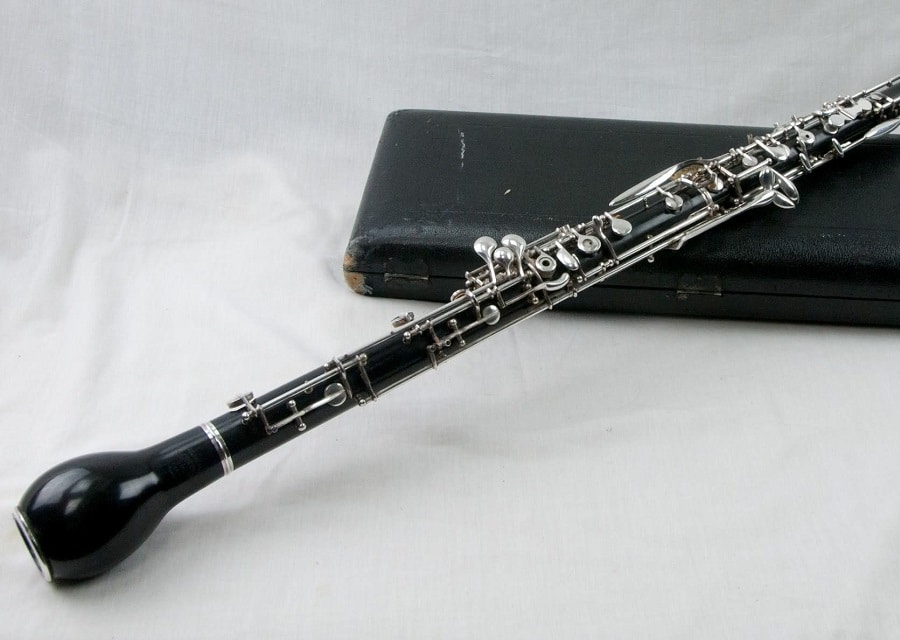
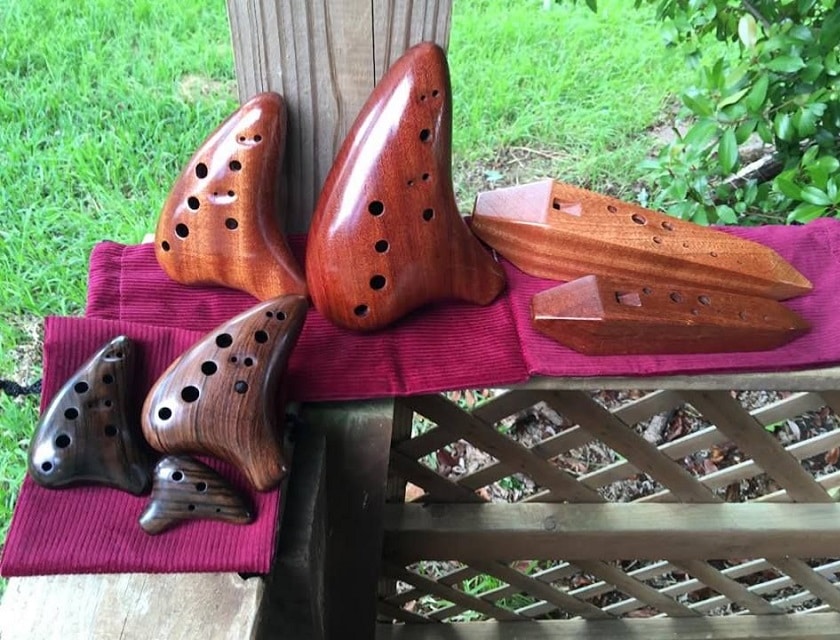

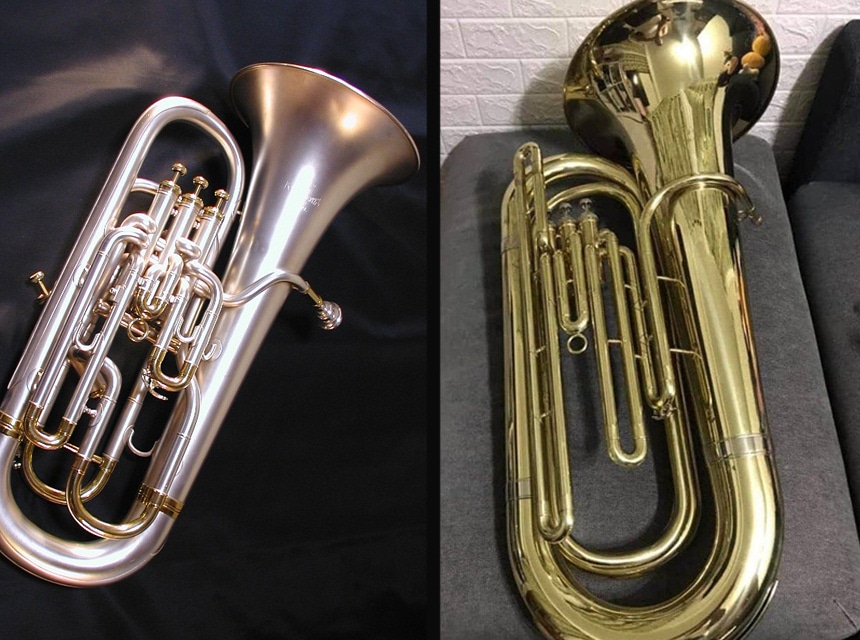
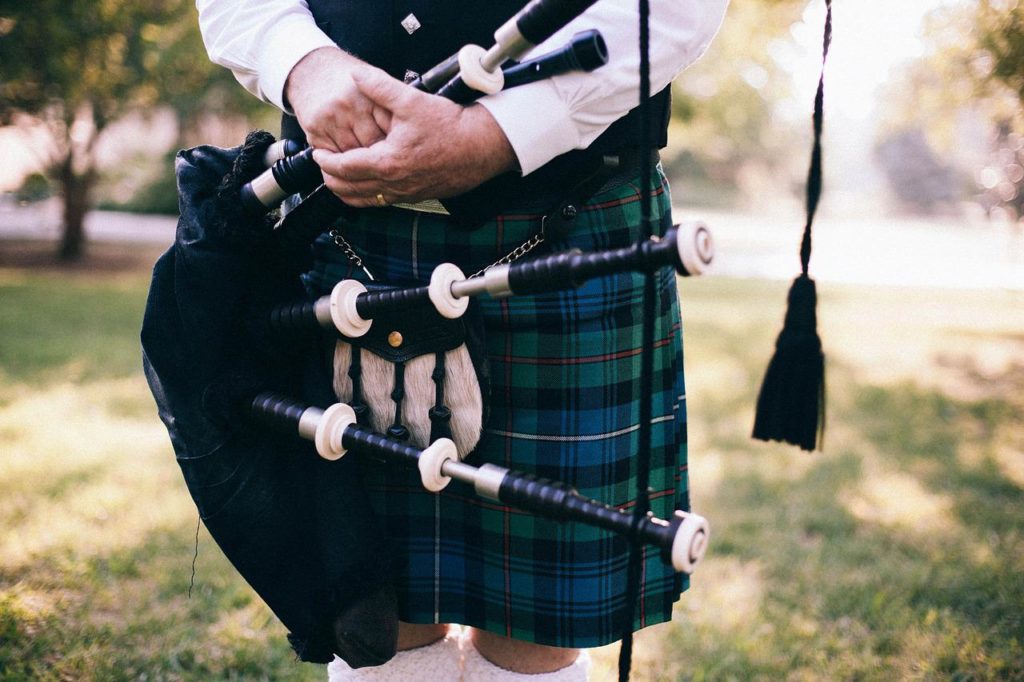

thanks for the information